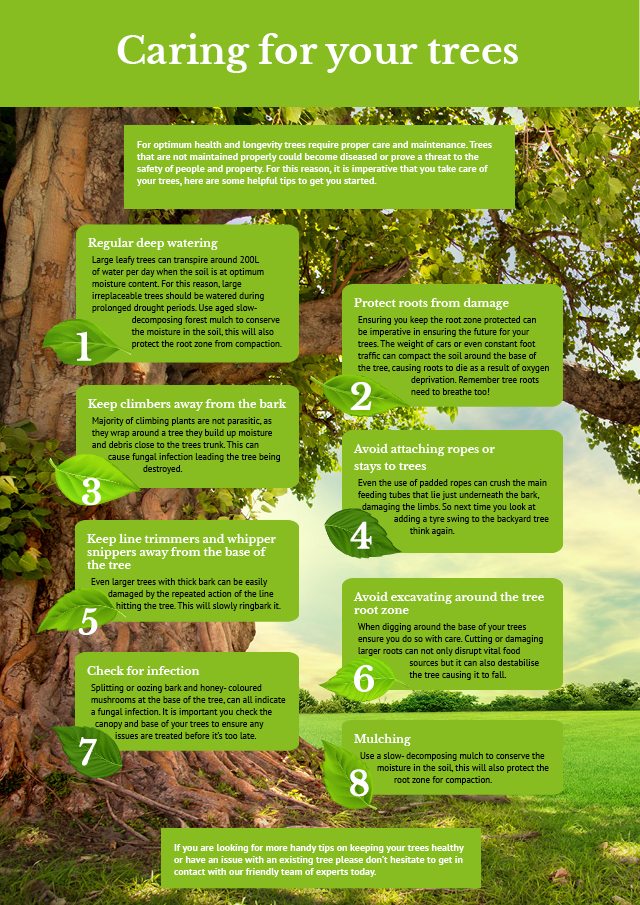Acknowledging The Demand For Tree Removal: An Overview For Homeowners
Acknowledging The Demand For Tree Removal: An Overview For Homeowners
Blog Article
Short Article By-Siegel Conway
Trees include appeal and worth to property, yet they can additionally present a danger throughout extreme weather events. If a tree has quit expanding, is showing visible fungal development, or has a leaning trunk, it should be removed by an expert to stay clear of property damage and injury.
To get more information, participate in a homeowner source reasonable co-hosted by HPD, the Center for NYC Neighborhoods, and Brooklyn-based housing partners this night in Bedford-Stuyvesant. The event will feature the House owner Handbook, a brand-new guide to help home owners navigate the duties of possessing a home.
1. Dead or Perishing Branches
Trees are an indispensable part of your home's landscape, supplying color and appeal. They additionally supply shelter for wildlife and create oxygen, however even healthy and balanced trees can experience illness that might necessitate their elimination. Dead or dying trees aren't simply unattractive, they can be unsafe. Their branches could drop throughout a tornado, causing expensive home damage and injuries.
When a tree's branches begin to die, it means that its structure is beginning to break down. If just click the next website page of its branches are dead, it is most likely time to remove it.
Look for a lack of brand-new growth, bark peeling, open wounds or tooth cavities, fungi expanding on the trunk or origins and a general look of degeneration in the whole canopy. These indicators of infection can suggest a major problem that will require professional tree solutions to settle.
2. Leaning Trunk
While it's normal for trees to lean from time to time as a result of phototropism, if a tree has an unsafe or severe lean that's not due to natural processes - maybe an indicator that the tree requires to be gotten rid of. If the tree is favoring a high-voltage line, home, vehicle, play framework or any other area that could be harmful to people if it drops, then calling an expert tree service for removal should be a leading priority.
It's additionally essential to expect any kind of sudden changes in a tree's leaning as it can indicate damages to the roots or trunk that may bring about falling. https://coppernailstokilltrees84940.ttblogs.com/8891015/selecting-between-do-it-yourself-and-hiring-professionals-for-tree-elimination is especially true throughout thundercloud, considering that high winds and rain-soaked dirt can create a lean to change quickly. cheap tree cutting service near me , specifically throughout and after storms can assist homeowners acknowledge prospective troubles with their trees so they can call an arborist for a thorough assessment.
3. Insect Invasion
Some pest problems, such as wood-boring pests like emerald ash borer or sap-suckers like range pests, are so serious that they can cause a tree to pass away. simply click the following page to stop pest problem is to check your trees on a regular basis. Seek areas, openings, or discolorations in the fallen leaves and bark. Examine the trunk for splits and indicators of insect damages, such as passages or tracks.
If a tree comes to be as well infested with pests, or is close to a home or power lines, an arborist may suggest elimination. If a leaning tree establishes a brand-new, unstable lean, an arborist will likely recommend elimination also to guarantee the safety of individuals and residential property. If a weakened or dead tree continually drops excessive branches, it is an indicator that it is time to eliminate the tree. If a tree remains to shed branches for a prolonged period of time, it could lead to structural issues and possible building damage.
4. Damaged Trunk
Trees are a gorgeous and vital part of our landscape, yet they do require normal care to keep them healthy and secure. If a tree is damaged irreparable it is most likely time for it ahead down.
Look for signs of damage to the trunk, including vertical fractures, joints, dead branch stubs, noticeable injuries or open cavities and extreme tree-rot. The existence of fungi at the base of the trunk is another cautioning sign. Fungis might indicate that the phloem and xylem (life-support tissues) are jeopardized, allowing for the spread of disease or a future failing.
Likewise, consider whether the tree has stopped growing. Healthy trees will certainly have new development yearly, which might be visible as buds or branches sprouting and extending. If you don't see any type of brand-new development, it's a great idea to have an arborist evaluate the tree and follow their referral for removal. A passing away or harmed tree can drop and cause home damages.